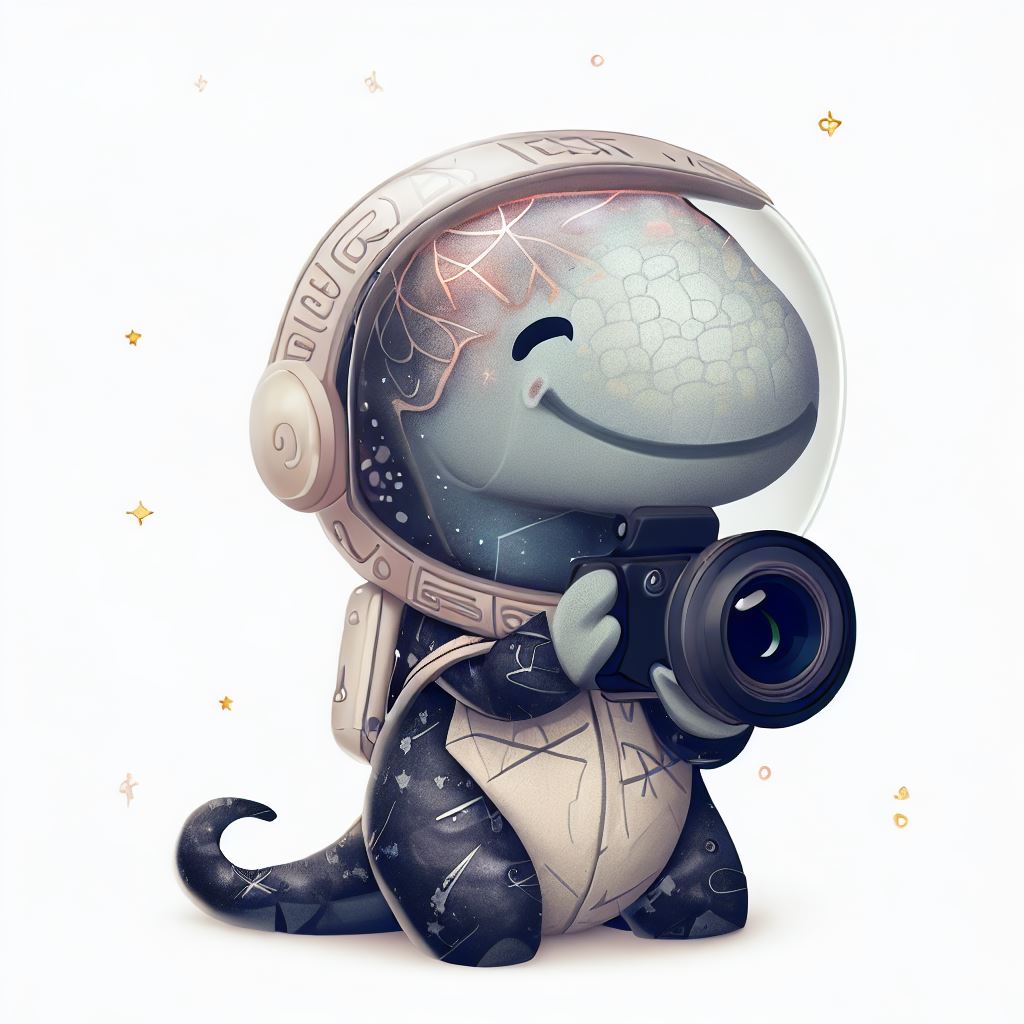Time traveling brings it all into focus
Getting a sharp image is crucial, and it can be challenging when you can barely see anything. We’ll take a look at some ways you can focus more easily when it’s dark out.

Today, we’re tackling one of the trickiest parts of traveling through time with astrophotography: focusing in the dark. Getting a sharp image is crucial, and it can be challenging when you can barely see anything!
First, switch your lens to manual focus. Autofocus struggles in low light, so it’s better to do it manually.
Use your camera’s live view and zoom in on the brightest star you can find. Adjust the focus until the star appears as a sharp point of light. You may have to move back and forth a few through the point of best focus until you get the sharpest point possible. You may also need to let things stop shaking for a few seconds after you change focus, so this might take a few minutes. It’s worth it – there’s nothing worse than out of focus astrophotography images!
Another great tool is a Bahtinov mask. This special filter helps you achieve perfect focus by creating diffraction spikes around stars. When the spikes intersect perfectly, you’re in focus. If your camera allows for it, you may also be able to view the image live on a computer, laptop or tablet/phone. If so, it will be easier to see the live image on this bigger screen than the one on the back of your camera.
Always take a test shot and review it. Zoom in to check if the stars are sharp. If not, adjust and try again. The stars aren’t going anywhere fast, so take your time and get it right.
That’s it for focusing! Next time, we’ll explore techniques for shooting star trails and the Milky Way. Until then, clear skies, happy shooting, and I’ll see you…in the dark!
